As a blogger, I constantly receive invitations to discover tours and walks in Amsterdam. As much as I enjoy them, at one point I ended up having had enough tours, so I decided I would only accept something different. When Context Travel invited me to experience one of their tours, I looked at their website and I liked the way they were promoting the tours (“private tours for travellers who love to learn”, “discover through dialogue”, “investing in programs that mitigate the effect of tourism”). I picked up the Red Light District tour, because I’ve never had a tour of that area. You know, de Wallen or the Red Light District is not only about women in the windows, it’s also one of the oldest parts of the city, with a rich history and amazing buildings (which the tour was focusing on). Unfortunately, the municipality is considering the decision to ban all tours in that area (a textbook example of “tragedy of the commons” perhaps), so there was no point in writing about it.
I therefore settled for a Rijksmuseum tour instead, although my heart wasn’t really into it, having seen the museum a couple of times before. Don’t get me wrong, it’s a wonderful place and certainly worth visiting, but I needed something novel, and the Universe decided to make that happen. I went for the Rijksmuseum tour and had gone through two hours of the three that had been allocated, before our guide became ill and had to stop. It was an unfortunate event, and my thoughts are with her, hoping she’s all better now. Up to that point we had already received a lot of interesting information about Dutch art and history, and we got to finish the visit by ourselves, so in a way the tour was almost complete.
But I couldn’t write about a tour that wasn’t finished, so I decided to go for yet another one: this time, the “Jews in Amsterdam” tour.
I don’t know why I overlooked this tour when I first checked the website — I knew a thing or two about the history of Jewish people in this city, but I hadn’t visited all the specific places, and nothing compares to listening to pieces of history while walking on the actual streets where they happened.

I met my guide, Henk, in the morning, at a cosy café in the city centre. Henk is an Amsterdammer with Jewish roots; he’s lived and worked in Amsterdam but also abroad, and has a lot of interesting stories to tell. He’s quite knowledgeable, and will tell you more about the city than just its Jewish history. While walking around, he told me all kinds of facts about the places we were passing by, even pointing out nice cafés to check out for later. We first introduced ourselves and discussed the reasons we were there, then I took a few pictures and we started the tour. For the next three hours we kept walking, passing by all the important landmarks related to the history of Jewish people in Amsterdam (streets, houses, monuments, statues). Henk shared with me all he could squeeze in the short timespan we had of only a few hours.
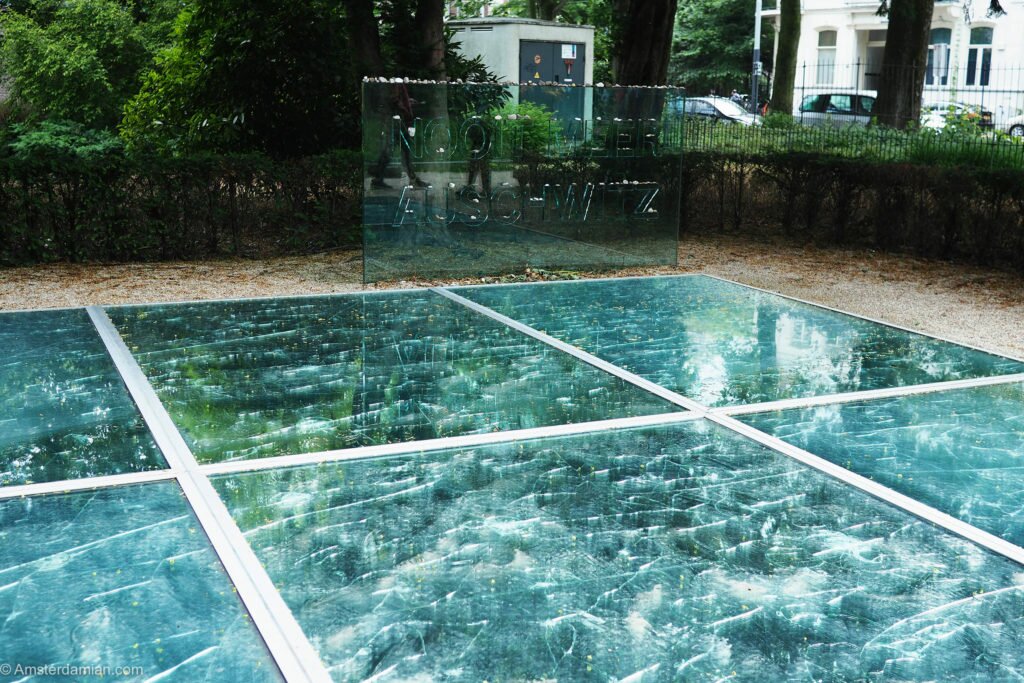
You might wonder why Amsterdam is a place where you can get this kind of tour. Everyone knows about Anne Frank, but hers is just one of the many stories to be told. Amsterdam was known as a city welcoming Jews for centuries, granting them citizenship as far back as 1600. Maybe some of you know that Amsterdam is also called Mokum — this is the nickname bestowed upon it by the Jewish community back then, the Yiddish word for “place”, or “safe haven” (actually, it was “Mokum Alef” or “City A”, one of several such coded city names that were safe for travel). A significant Jewish community established itself here and it grew in numbers over the centuries. When WW2 started, there were about 140.000 Jewish people living in the Netherlands, with about 80.000 of them in Amsterdam (numbers vary depending on the quoted source). The more chilling number, an estimation of the ones who were persecuted as Jews in the Netherlands and did not survive the Holocaust is 102.000…
They are now commemorated at the Hollandse Schouwburg (“Dutch Theatre”) and other monuments throughout the city. Visiting the monuments was quite emotional, but the visit to the Hollandse Schouwburg, home of the Jewish Cultural Quarter now, was the hardest. This theatre is the place where people were detained before being sent to the concentration camps. They were kept here, in the yard, and many of them didn’t know exactly that they would be taken to be killed, they thought they were going to work in German factories. They had been taken straight from their homes, leaving everything behind. During the war the houses were looted and destroyed, things taken from the interior and even the wood used up for heating. Only a few thousand Jews returned at the end of the war, and most of them couldn’t even find their homes to go back to. It’s a part of history that is very hard to think about — but we have to remember it, nonetheless, hopefully to never repeat again.

After this very emotional place, my guide took me to the beautiful Portuguese Synagogue, where I could also see the “Treasure Chamber”, which hosts a collection of magnificent ceremonial objects made of gold, silver and textiles. There are Torah scrolls, Torah mantels, Torah finials and others whose names I find a bit difficult. These objects are so rare that they are protected by Dutch law as part of the nation’s heritage.
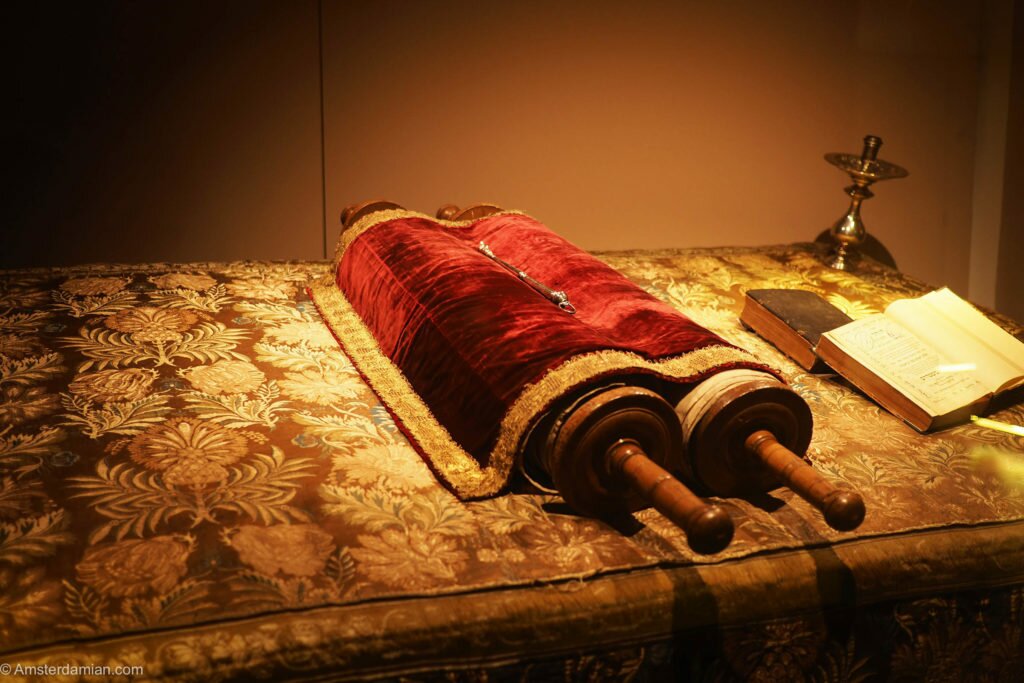

The tour is not an easy one, taking you to places loaded with painful memories, but my guide knew how to relax the atmosphere and create a pleasant mood.
Henk is a jovial person and passioned about many things; we discussed everything, from history and art, to travel and organic food. We ended our trip with a coffee and even more conversation.
As practical information, it’s useful to know that the tour price includes a ticket that is valid for the Jewish Historical Museum, the Kindermuseum, the Portuguese Synagogue, Hollandse Schouwburg and the National Holocaust Museum. During the tour you can decide with your guide which of these places you want to visit together and which you will visit later by yourself (the ticket is valid for 30 days). That’s one of the things I liked about Context Travels tours: for the Rijksmuseum tour we received a ticket that was valid for the whole day, so you could go out of the museum and come back later to see more of it if you wanted. Another thing I liked about the tours were the guides, both of them well suited for the job: the guide for the museum had a degree in Dutch art and had even participated in the restoration of one of the paintings she was showing us (to name just a few cool things about her), while the other guide, apart from his extensive knowledge on the matter, also brought in his personal history and experience as a Jewish person living in the Netherlands, adding life to all the stories.
Ok guys, this article turned out a bit longer than I anticipated, so I will stop now. If you’re interested in a tour with Context Travel, you can check their website and see what’s there for you. They offer tours in various countries and cities, as well as different options to customise your visits. I think the tours are great not only for tourists, but even for people who have been living in the city for a while and want to deepen their knowledge of it.
Disclaimer: I received complimentary tickets to review this tour. However, all the opinions expressed here are entirely my own, as usual. The company asked me to do an objective review and the guides were not informed in advance about the reason of my presence there.
Stay tuned for more and follow Amsterdamian on Instagram and Facebook for more stories about life in the Netherlands. Please share this post if you liked it!
Check out my photo book: Amsterdam Through the Seasons!
Love what you’re reading? Support my work with a small donation.

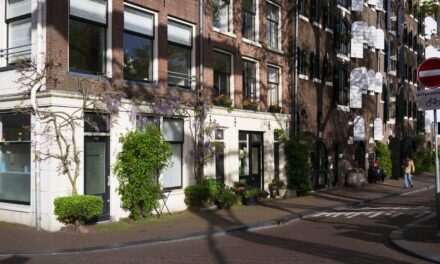
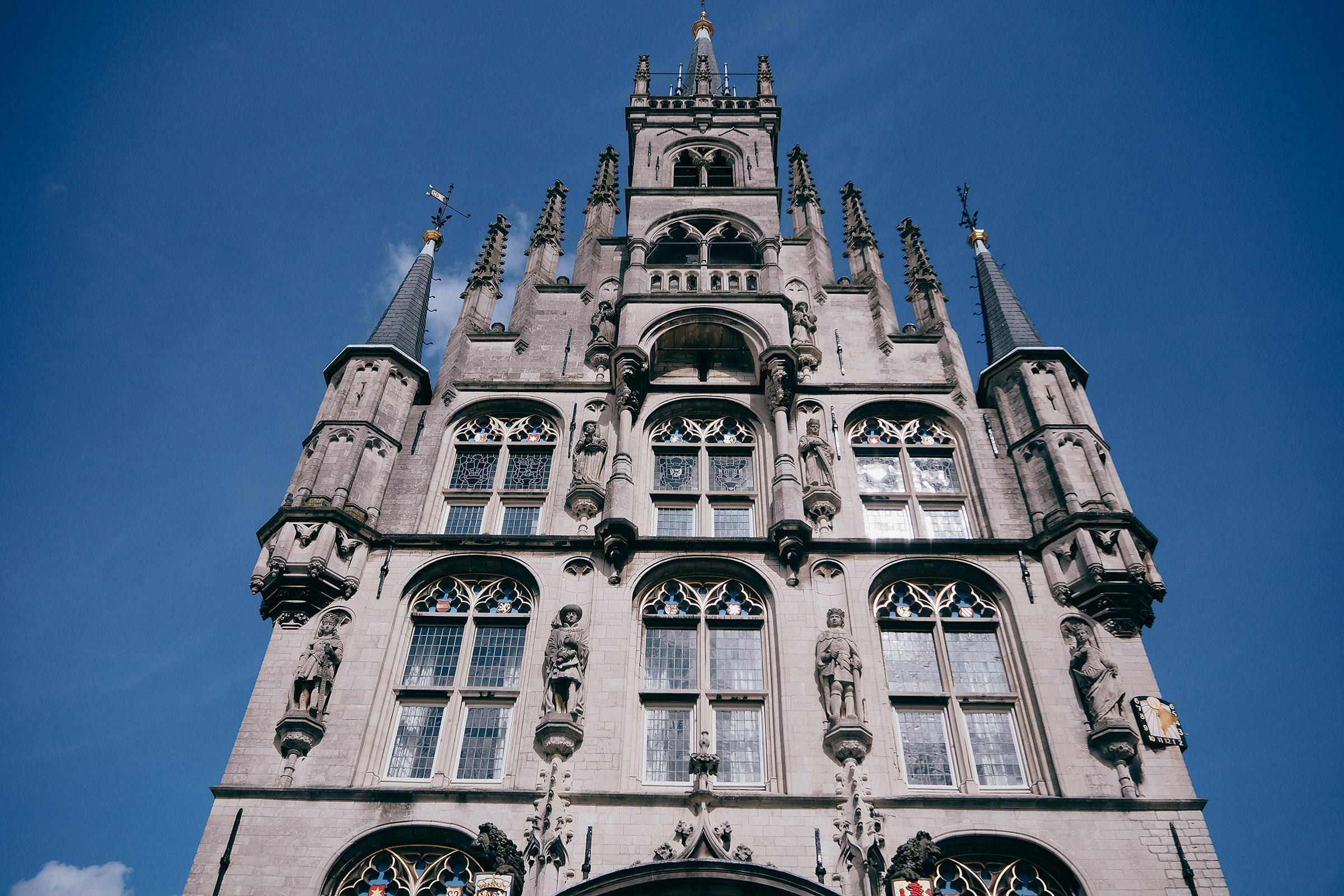



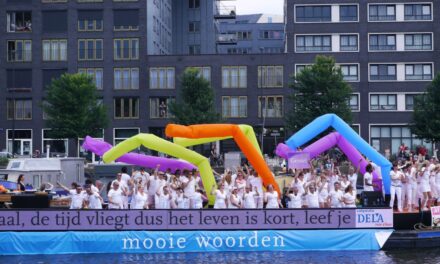
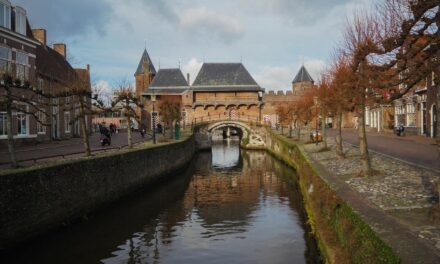

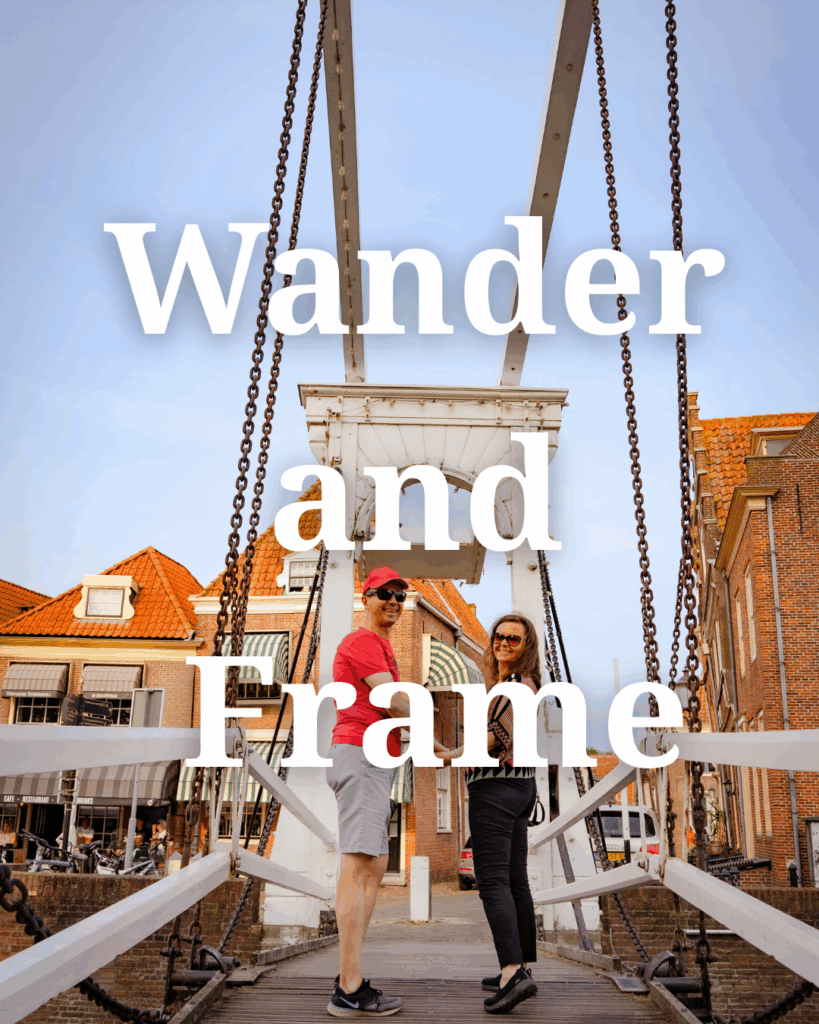

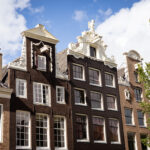
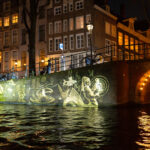




We just took a tour of Vienna with Context Travel, and loved it! It was SO much information. We probably absorbed only 75% of what was presented to us!